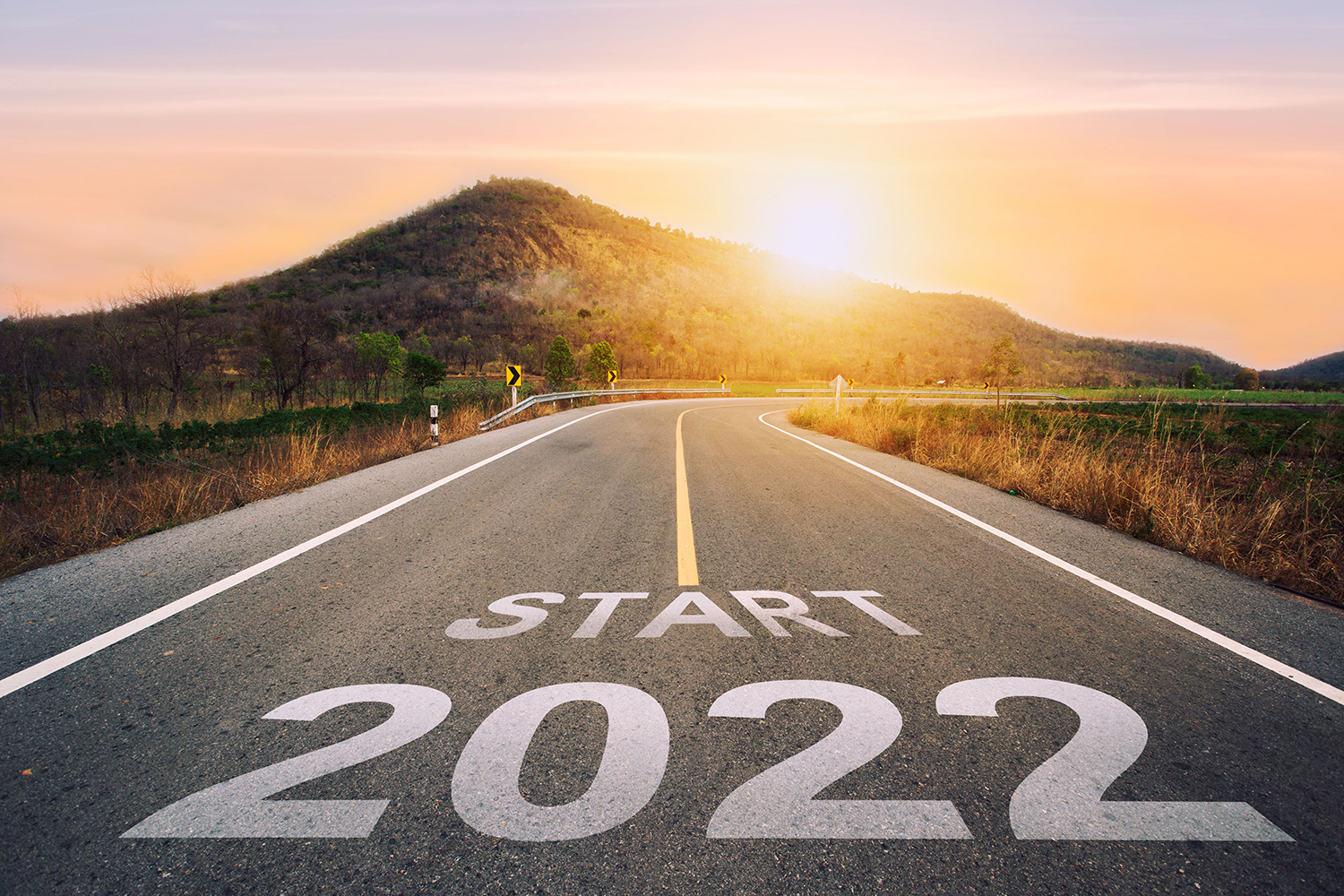
27 Dec 2022 Event Trends
Event planners live in the future. We think in terms of what’s happening one, two, or five years down the road. It’s just part of the job; since planning big events requires considerable lead time, we always keep our crystal balls polished and ready. While no one’s perfect at predicting the future (hello, pandemic), Team JDC has picked out a handful of the most interesting trends we expect to see in 2022 and beyond.
1. Making it personal
Today’s event tech allows organizers to tailor content, connections, and entertainment for highly specific audience segments – even at large-scale trade shows. From pre-event to post-event communications, as well as onsite, experiences can be fine-tuned to meet the needs and wants of individual participants.
2. Getting sustainable – for real
Countries are finally starting to make serious moves toward tackling greenhouse gas emissions. Here in the U.S., President Biden has set a target for a Net Zero economy by 2050. Sustainability has been an industry buzzword for a while, but we expect to see more and more event participants demanding real strategies for achieving carbon-neutral events. Hotels and convention centers are taking note and implementing a range of creative green solutions.
3. Engaging remote employees
Many companies have given up on setting a date for everyone to return to the office. There’s a whole batch of people who have started new jobs over the past two years and not actually met their coworkers in person. With no water cooler for people to gather around – whether metaphorical or literal – executives have had to rethink their strategies for team building. In 2022, we expect to see more corporate in-person events and team building retreats designed to build company culture and rapport among coworkers who spend most of their time working from home.
4. Navigating transition
With federal agencies poised to bring employees back into the office, we anticipate a renewal of in-person government events. For non-government entities, there will be transitional decision-making to navigate: Some will stay the course with virtual, others will go back to in-person, and a third group will continue to explore hybrid events. Many companies that hit pause on their events over the past two years are now looking to a new horizon. However, plans will all be contingent on emerging virus strains and the ability to control circumstances safely.
5. Embracing digital
Even as more and more groups shift back to in-person events, digital engagement is here to stay. Attendees have gotten used to the convenience of apps, pre- and post-event engagement, and on-demand content; now that they know what’s possible, they’re not going to want to give it up. The most successful organizers will harness event tech and use it to their benefit. We said it in our 2021 wrap-up blog, but it bears repeating: We seamlessly move between in-person and online experiences every day, over the course of our normal lives. We believe the future of events is no different.
6. Going micro
Bigger isn’t always better. Sometimes, more meaningful experiences can be curated through smaller conferences, hosted buyer events, and social gatherings. Micro-events and communities can be ideal for meeting the needs of special interest groups. With these events, the most valuable metric isn’t number of tickets sold; it’s participant satisfaction. We like to think of it in terms of ROE (return on experience). Smaller events can feel special and exclusive, and they can give participants an opportunity to make deeper connections.



